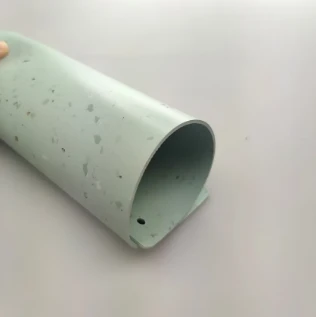Choosing the Perfect Floor Tiles for Your Home Renovation Project
The Beauty and Functionality of Floor Tiles
Floor tiles are more than just a practical choice for covering our floors; they are a vital element of interior design that can significantly enhance the aesthetics, functionality, and longevity of a space. From classical to contemporary, the variety of materials, patterns, and colors available today allows for unparalleled creative expression in any room.
A Rich History
The use of tiles dates back thousands of years, with examples found in ancient civilizations, including the Egyptians, Greeks, and Romans. Their durability and resistance to wear made them a favored choice for flooring in public buildings, temples, and homes. Today, floor tiles have evolved to include a multitude of materials such as ceramic, porcelain, stone, glass, and even vinyl, each offering distinct advantages and aesthetic qualities.
Versatility in Design
One of the most compelling reasons to choose floor tiles is their versatility. Tiles come in an array of sizes, shapes, and colors, enabling homeowners and designers to create customized looks that suit their personal style and the character of the space. Large format tiles can create a seamless look in open areas, while mosaic tiles provide intricate designs that can act as artistic focal points. From the minimalist appeal of plain, neutral tiles to the vibrant patterns found in Mediterranean designs, floor tiles can reflect any aesthetic, from rustic charm to modern sleekness.
Practical Benefits
Beyond aesthetic appeal, floor tiles are known for their practicality
. They are incredibly durable, resistant to moisture, stains, and scratches, which makes them an ideal choice for high-traffic areas. Areas such as kitchens, bathrooms, and entryways benefit immensely from tile flooring, as these spaces are prone to spills and heavy foot traffic. In addition, tiles are easy to clean and maintain, requiring only regular sweeping and occasional mopping to keep them looking new.floor tiles

Floor tiles also offer a variety of functionality features. For instance, heated flooring can be installed beneath tiles, making cold mornings much more bearable in winter. Furthermore, certain tiles have non-slip surfaces, enhancing safety in wet areas like bathrooms and kitchens, where slips and falls can be hazardous.
Eco-Friendly Options
In today's environmentally conscious world, many manufacturers have begun producing eco-friendly tiles made from recycled materials or natural stones. These sustainable options not only reduce environmental impact but often carry unique beauty due to their natural variations. Choosing eco-friendly floor tiles can enhance your home’s green credentials while ensuring that you do not compromise on style.
Installation and Cost
While the upfront cost of tile flooring can be higher than other materials like carpeting or laminate, the long-term savings can be significant. Tiles have an extended lifespan when properly cared for, meaning they do not need to be replaced as frequently. Installation can be a complex process, often requiring professional help to ensure the perfect fit and finish. However, DIY enthusiasts can undertake certain types of tile installation, especially with materials like peel-and-stick vinyl tiles.
Conclusion
In summary, floor tiles present an exceptional option for anyone looking to renovate or build a new space. Their history of durability, versatility in design, practical benefits, and environmentally friendly options make them a wise choice for homes and commercial spaces alike. With an endless array of choices available, floor tiles not only serve a functional purpose but also allow for a remarkable expression of personal style, making them an enduring favorite in the world of interior design. Whether you aim for elegance, practicality, or sustainability, floor tiles can meet every expectation and transform any space into a beautiful sanctuary.
-
SPC Vinyl FlooringJul.18,2025
-
Home SPC FlooringJul.18,2025
-
Heterogeneous Sheet Vinyl: The Ultimate Commercial Flooring SolutionJul.15,2025
-
Dry Back LVT Flooring: A Durable and Stylish Flooring SolutionJul.15,2025
-
Click LVT Flooring: A Stylish and Convenient Flooring SolutionJul.15,2025
-
SPC FlooringJun.24,2025




